Naqsh-e Rostam, the Necropolis of the Achaemenid kings
Naqsh-e Rostam, Necropolis of the Achaemenid Kings
In our ancient Persia guidance series, we talked about the wonders and magnificence of the Persian palace, Persepolis and Naqsh-e Rajab. To continue our discussion, let us talk about the Necropolis of those legendary Persian kings of ancient times. “Naqsh-e Rostam” is a massive relief in the historical mountains near the city of Marvdasht in Fars province. This magnificent, eye-catching mountain display the ancient glory of the mighty emperorships in the world.
| Monument Name | Naqsh-e Rostam, Naqsh-e Rustam, Naghsh-e Rostam, Necropolis, نقش رستم |
| Contact No. | +98(0)7143341556 |
| Monument Category | Ancient Relief |
| Website | Naqsh-e Rostam |
| City | Near Shiraz |
| Coordinates | 29°59′20″N 52°52′29″E |
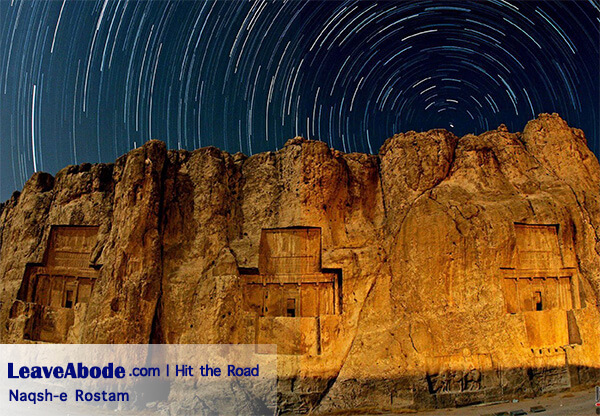 The historical Naqsh-e Rostam is a combination of mountain tombs of Achaemenid kings, reliefs and inscriptions of ancient Iran. It is located in a significant ancient area that is the main source to get acquainted with the history and civilization of Iran during the BC and early AD. Inside the Necropolis (Naqsh-e Rostam) region, there are monuments from the following historical periods:
The historical Naqsh-e Rostam is a combination of mountain tombs of Achaemenid kings, reliefs and inscriptions of ancient Iran. It is located in a significant ancient area that is the main source to get acquainted with the history and civilization of Iran during the BC and early AD. Inside the Necropolis (Naqsh-e Rostam) region, there are monuments from the following historical periods:
- The Elamite period from 2000 to 600 BC
- The Achaemenid period from 600 to 330 BC
- The Sassanid period from 224 to 651 AD
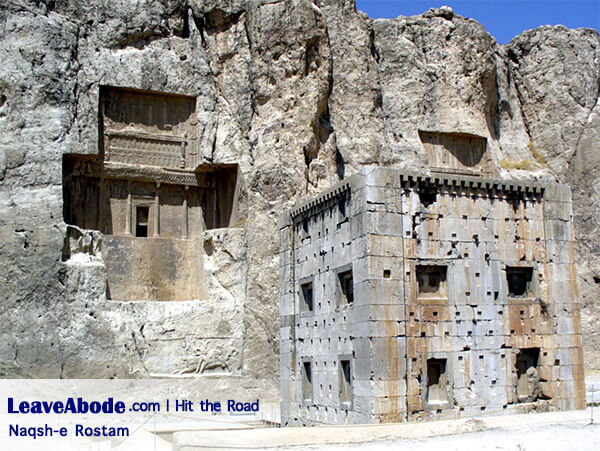 Naqsh-e Rostam is a huge mountain wall with historical monuments from the three historical periods of Elamites, Achaemenids and Sassanids. Archaeological excavations on the Necropolis have provided considerable information about these three historical periods of ancient Iranian civilization. The oldest remnant is a bas-relief from the Elamite era. It depicts two goddesses and two gods, a king and a queen on the throne. What makes this monument most important is being the burial place of four Achaemenid kings.
Naqsh-e Rostam is a huge mountain wall with historical monuments from the three historical periods of Elamites, Achaemenids and Sassanids. Archaeological excavations on the Necropolis have provided considerable information about these three historical periods of ancient Iranian civilization. The oldest remnant is a bas-relief from the Elamite era. It depicts two goddesses and two gods, a king and a queen on the throne. What makes this monument most important is being the burial place of four Achaemenid kings.
The next most prominent part is the mysterious Kaabe-ye Zartosht (Cube of Zoroaster). A cubic construction with stairs in front made of white limestone and a height of 12 meters. The exact use of this building is not known yet, but it is assumed this construction was a fire temple or a tomb or an archive for keeping sacred books and documents.
Necropolis was designated a UNESCO World Heritage site. Annually, a great number of enthusiasts travel to Iran only for Persepolis. Check out Persepolis & Necropolis daily tour or Persepolis, Necropolis & Pasargadae full day tour with the most professional local guides.
Naqsh-e Rostam was first excavated by German archaeologists and the remains of the Sassanid castles were discovered. After that, the inscriptions, bas-reliefs, a reservoir and the remains of other palaces and buildings were discovered during subsequent excavations.
Let us introduce you the easiest way to get Iran Visa to visit Naqsh-e Rostam if you have the temptation of visiting ancient Persia. As soon as you are in Iran you may need a comfortable Airport Transfer. Let us arrange it for you at the lowest rates.
What monuments are in Naqsh-e Rostam?
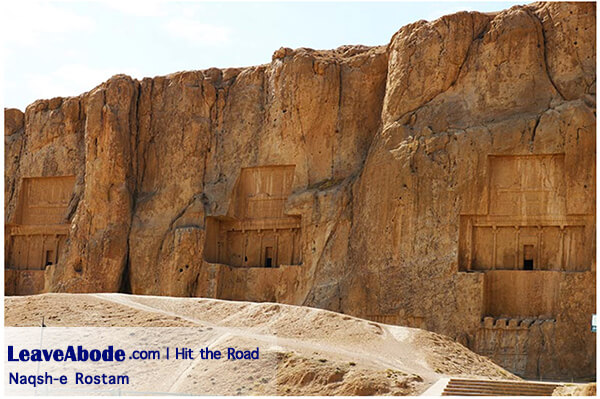 As mentioned earlier, Necropolis is a collection of monuments from the Elamite, Achaemenid and Sassanid periods. This collection includes inscriptions, ancient tombs and the remains of the towers and fortifications.
As mentioned earlier, Necropolis is a collection of monuments from the Elamite, Achaemenid and Sassanid periods. This collection includes inscriptions, ancient tombs and the remains of the towers and fortifications.
After the relief of Ardeshir Babakan, the mountain turns into a sharp edge where two buildings are carved out of the mountain rocks. These buildings that are carved like dipped pyramids seem to be used as a place for religious sacrifice. However, the archaeologists believe those had been used as fireplaces.
What is inside the tombs of Naqsh-e Rostam?
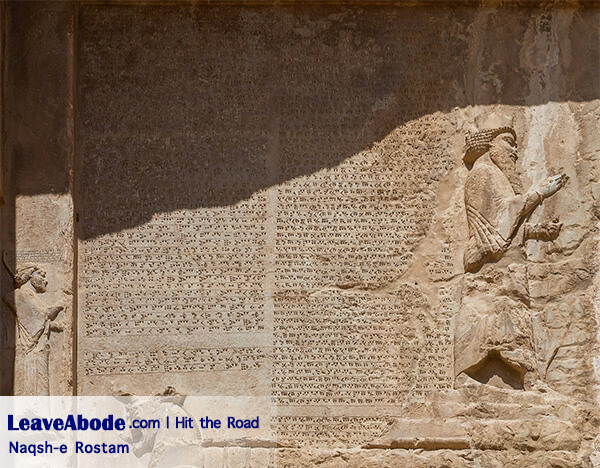 Based on ancient Iranian beliefs, the four elements of water, wind, fire and earth were sacred. They also believed that after death, the devil enters the body. For this reason, instead of burning, burying or throwing it into the water, people in ancient Persia found other ways to destroy the corpus.
Based on ancient Iranian beliefs, the four elements of water, wind, fire and earth were sacred. They also believed that after death, the devil enters the body. For this reason, instead of burning, burying or throwing it into the water, people in ancient Persia found other ways to destroy the corpus.
One of these ways was to take the bodies of the dead to the Dakhmeh (tower of silence) where the bodies were eaten by birds. Mountain tombs were another way of burying the dead in the past. The mountain tombs of Achaemenid kings with their relatives in the Naqsh-e Rostam region are examples of these tombs.
The tombs of the Achaemenid kings from the right side of the Naghsh-e Rostam area are as follows:
- Xerxes Shah Tomb (445-486 BC)
- Darius, the great Tomb (486-522 BC)
- Ardashir I Tomb (424-465 BC)
- `1Darius II Tomb (405-424 BC)
Tomb of Darius I or Darius, the great
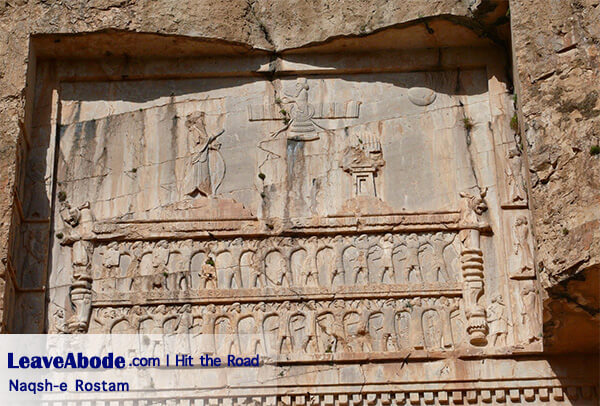 Darius, the great the most famous king of Persia provided outstanding services to the ancient world. His services include the development of agriculture and trade, the construction of roads and first highways, the establishment of predecessor post offices, and the reform of tax policies and governmental rules. Darius I was a great enthusiast of art and is also considered the first historian of Iran. Many magnificent palaces and buildings that remained from the Achaemenid period were built by the order of Darius Shah. These are today considered the most eminent historical buildings from the ancient civilization of Iran.
Darius, the great the most famous king of Persia provided outstanding services to the ancient world. His services include the development of agriculture and trade, the construction of roads and first highways, the establishment of predecessor post offices, and the reform of tax policies and governmental rules. Darius I was a great enthusiast of art and is also considered the first historian of Iran. Many magnificent palaces and buildings that remained from the Achaemenid period were built by the order of Darius Shah. These are today considered the most eminent historical buildings from the ancient civilization of Iran.
Darius’ magnificent tomb is located 60 meters above the ground on Naqsh-e Rostam rocks. The entrance to the tomb is in the form of a cross. Above it is an image of the king with his bow, a winged man, a fireplace, a throne and the King’s royal ring carved. It is most likely a view of Tachar palace, Darius Shah's palace. The tomb’s main chamber contains nine tombs belonging to the relatives of Darius Shah as well as his own grave. Inscriptions in the Elamite are also written around the relief there.
Tomb of Xerxes in Necropolis
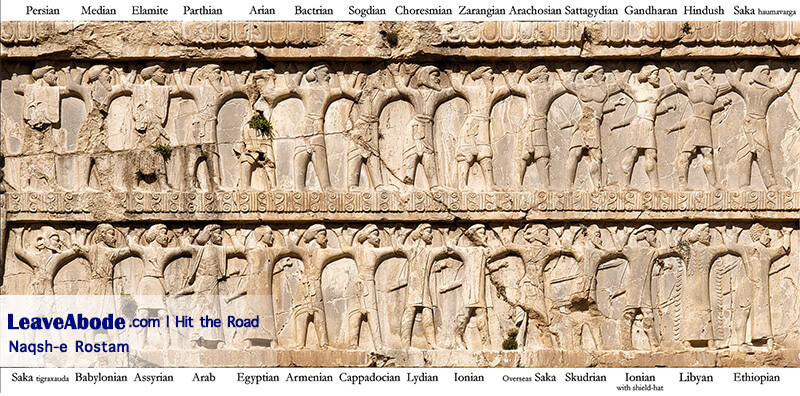 Xerxes was the successor and son of Darius I and, like his father, was a well-known king. Xerxes had a great interest in art and knowledge, and although he was famous for his warfare; he lost the war with the Greeks and died 15 years later. During the years after the war with the Greeks, Xerxes built half-finished buildings for his father, as well as magnificent palaces and halls in his realm. Much of the prominent stone masonry and architecture of the Achaemenid period is done by Xerxes.
Xerxes was the successor and son of Darius I and, like his father, was a well-known king. Xerxes had a great interest in art and knowledge, and although he was famous for his warfare; he lost the war with the Greeks and died 15 years later. During the years after the war with the Greeks, Xerxes built half-finished buildings for his father, as well as magnificent palaces and halls in his realm. Much of the prominent stone masonry and architecture of the Achaemenid period is done by Xerxes.
After Xerxes was killed by two of his companions, his body was taken to Naqsh-e Rostam and buried in his tomb. The tomb of Xerxes has located 100 meters northeast of the tomb of Darius I. This tomb is very similar to the tomb of Darius and its entrance is cross-shaped. There are carvings of Faravahar, a fireplace and a picture of the king on top of this tomb, there is no inscription around the tomb of Xerxes. The interior of Xerxes's tomb has only one chamber with a curved arch in which three tombs can be seen.
Tomb of Ardashir I in Naghsh-e Rostam
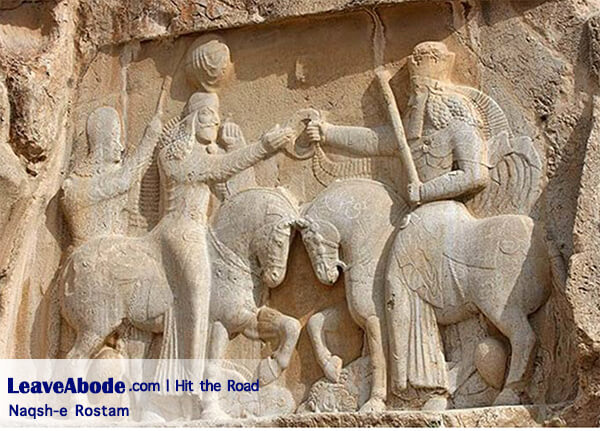 Ardashir I came to the throne in 465 BC after his father Xerxes. Although the beginning of Ardashir's reign was accompanied by civil and foreign wars, after a short time with the end of wars and peace with the Greeks, he was able to spend a peaceful period with many luxuries. Ardashir I completed the magnificent palaces and buildings that had remained unfinished since his father's reign. In the last years of the reign of Ardashir I, the Greek civil war brought him more peace and authority.
Ardashir I came to the throne in 465 BC after his father Xerxes. Although the beginning of Ardashir's reign was accompanied by civil and foreign wars, after a short time with the end of wars and peace with the Greeks, he was able to spend a peaceful period with many luxuries. Ardashir I completed the magnificent palaces and buildings that had remained unfinished since his father's reign. In the last years of the reign of Ardashir I, the Greek civil war brought him more peace and authority.
Most of the buildings built by Ardashir I are located in Persepolis, among which we can mention the Hall of Hundred Columns, the central palace of Persepolis and the ruined palace in the southwest of Persepolis. After his death at the age of 60, Ardashir I was buried in Necropolis, a tomb 37 meters west of the tomb of Darius I.
The tomb of Ardashir I looks like the tomb of Darius I but has differences from it. This tomb also consists of three rooms and the entrance of the two tombs are very similar. However, over time, the tomb of Ardashir I has suffered damage. Unlike other tombs, there is no symmetry and balance in the entrance of his tomb and the height of the tombs is less than the others. Inside the rooms is asymmetrical and there is no sign of mastery and delicacy in carving different parts.
Tomb of Darius II in Naghsh-e Rustam
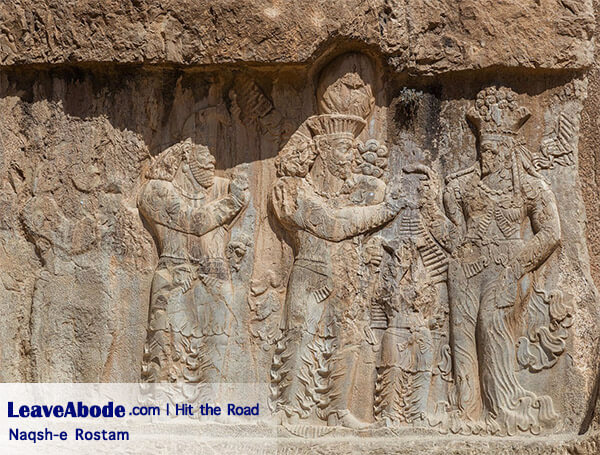 Darius II came to the throne from 423 to 405 BC after Ardashir I of the Achaemenid Empire. Unlike other powerful Achaemenid kings, Darius II was a weak king and under the influence of the court and his wife.
Darius II came to the throne from 423 to 405 BC after Ardashir I of the Achaemenid Empire. Unlike other powerful Achaemenid kings, Darius II was a weak king and under the influence of the court and his wife.
The tomb of Darius II is located at the western end of Naghsh-e Rostam 33 meters away from the tomb of Ardashir I in front of the Cube of the Zoroaster. More details can be seen in this tomb carving than in the other three tombs.
Inscriptions and reliefs of Naqsh-e Rostam
The inscriptions and reliefs of Naqsh-e-Rostam mostly belong to the Sassanid era, but there are remnants from the Achaemenid and Elamite eras as well. These reliefs have been carved in different parts of the mountain. Some of these reliefs have been less damaged but some are unfortunately damaged over time. Some details about the reliefs of Naghsh-e Rostam come below.
Elamite Relief in Necropolis
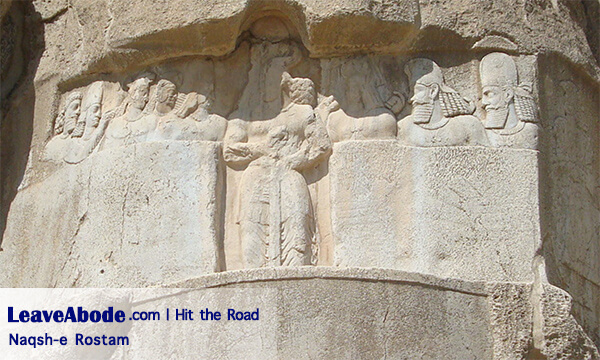 The oldest relief in Naqsh-e Rostam is a remnant of the Elamite civilization. This relief depicts an image of the god and goddess of ancient Iran on a throne being worshipped by a group of people. There is a goddess surrounded by snakes, a bearded man in a round hat and a worshiper with a bell-shaped skirt. This relief is estimated to be dating back to the end of the second millennium BC.
The oldest relief in Naqsh-e Rostam is a remnant of the Elamite civilization. This relief depicts an image of the god and goddess of ancient Iran on a throne being worshipped by a group of people. There is a goddess surrounded by snakes, a bearded man in a round hat and a worshiper with a bell-shaped skirt. This relief is estimated to be dating back to the end of the second millennium BC.
Shapur, the Great relief in Naqsh-e Rustam

Photo by Philippe Chavin
Shapur I had a significant impact on the expansion of borders of the Sassanid empire. One of the most important achievements of Shapur during his reign was the conquest of the Roman Empire which is well-depicted in Naqsh-e Rostam. The significant historical event of this victory is engraved on the reliefs and inscriptions of the Cube of Zoroaster.
In this relief, Shapur is on a horse wearing a crown. Three Roman kings bow towards Shapur, and Philip the Arab kneels in front of him, Gordian falls at the foot of Shapur's horse, and Valerian stands next to the horse. In this picture, Shapur is holding the hand of Valarin, which shows the war between the two kings. The whole story is engraved on the Cube of Zoroaster.
Considered by historians, the relief of Shapur is undoubtedly one of the most important ancient documents of honour of the Sassanid government.
Kartir inscription in Naqsh-e Rostam
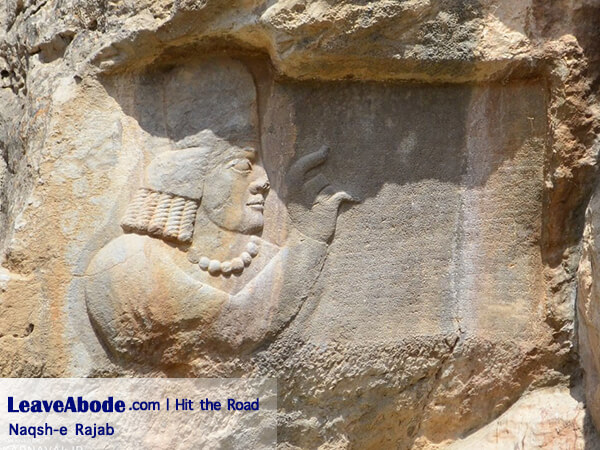 Kartir was an influential Zoroastrian cleric during the Sassanid period who lived during the reign of the most prominent Sassanid kings. The image of Kartir is also engraved on other reliefs such as the one in Naqsh-e Rajab. In this relief, Kartir raised his hand in praise of Shapur the great.
Kartir was an influential Zoroastrian cleric during the Sassanid period who lived during the reign of the most prominent Sassanid kings. The image of Kartir is also engraved on other reliefs such as the one in Naqsh-e Rajab. In this relief, Kartir raised his hand in praise of Shapur the great.
Ka’ba-ye Zartosht in Necropolis
The “Ka’ba-ye Zartosht” or the “Cube of Zoroaster” in Naqsh-e Rostam is a historical building with various assumptions about its use in the past. The architectural signs of the Achaemenid period are evident in its construction. Inscriptions in three languages can be seen on the three walls of the Kaaba of Zoroaster.
 Based on an inscription in Bistun, some archaeologists believe that this building used to be a fire temple and has been preserved after the Achaemenid era as a significant place. Some other archaeologists believe this building was a tomb by finding out the similarities between this building and Takht-e Suleiman in Takab and the tomb of Cyrus the Great in Passage. Some others believe that the Cube of Zoroaster was a treasure safe of important government documents. Finally, some experts think it was a kind of calendar building used to measure time.
Based on an inscription in Bistun, some archaeologists believe that this building used to be a fire temple and has been preserved after the Achaemenid era as a significant place. Some other archaeologists believe this building was a tomb by finding out the similarities between this building and Takht-e Suleiman in Takab and the tomb of Cyrus the Great in Passage. Some others believe that the Cube of Zoroaster was a treasure safe of important government documents. Finally, some experts think it was a kind of calendar building used to measure time.
Don't forget to book a tour to Naqsh-e Rostam
Know Before You Go
The best way is to take part in the day tour to Naqsh-e Rajab of Leaveabode.
Traveling on public transportation to Naqsh-e Rajab is not much easy. You need to leave Shiraz to Marvdasht, then on the road to Persepolis drive to the ancient historical relief of Naqsh-e Rajab.
Naqsh-e Rajab is located west of the historical Istakhr city, 5 km north of Persepolis and 2.5 km north of Naqsh-e Rustam in Fars Province, Iran.
Seasons | Hours |
| Spring and summer | from 8:30 to 17:30 |
| Autumn and winter | from 8:00 to 17:30 |
The required time from this monument is 1 hour.
- 1 April
- 4 May
- 14 & 15 May
- 4 & 5 & 7 June
- 18 & 19 August
- 6 & 7 October
The dates may be changeable so get in touch with us for recent information. [email protected]
Visiting Naqsh-e Rajab in the hot days can be annoying due to the open area and direct sunlight. So, the best time will be early morning or in the afternoon.
Cloudy days are recommended for visiting Naqsh-e Rajab, as there will be no direct sunlight. For convenience, it is better to have a hat and sunglasses with you.
Day Tours Near Naqsh-e Rostam
Attractions Near Naqsh-e Rostam
Monuments Like Naqsh-e Rostam
Naqsh-e Rostam on Map
Cities
Activities
City Tours
Hike & Trek Tours
Meet Locals Tours
Biking Tours
Wild Life Tours
Events
Shiraz
The city of love
Shiraz, the cultural capital of Iran, is synonymous with the city of poets, education, nightingales, and wine. It is a must-see that you would not miss during your trip to Iran. It is very close to Persepolis in the Fars …



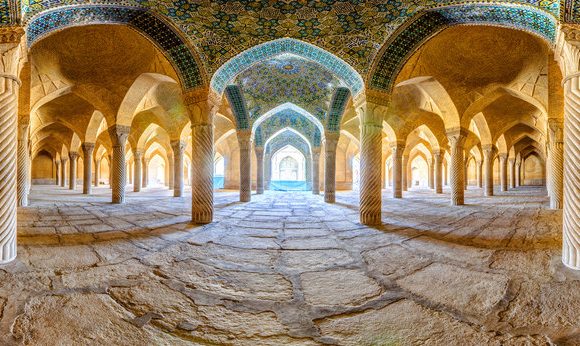
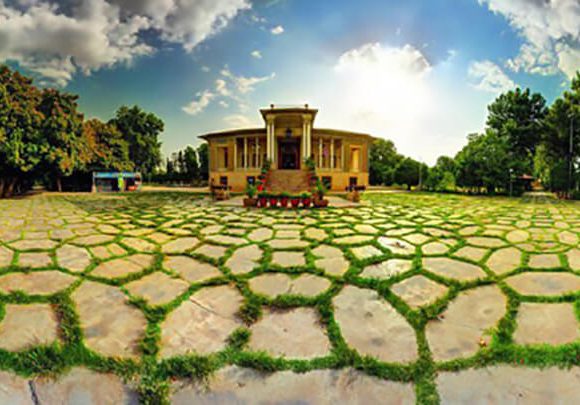
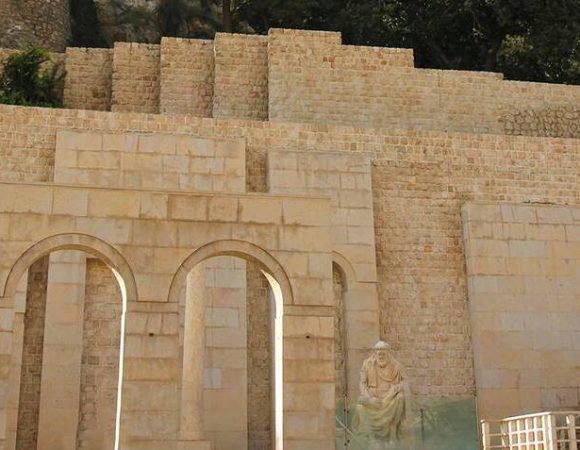
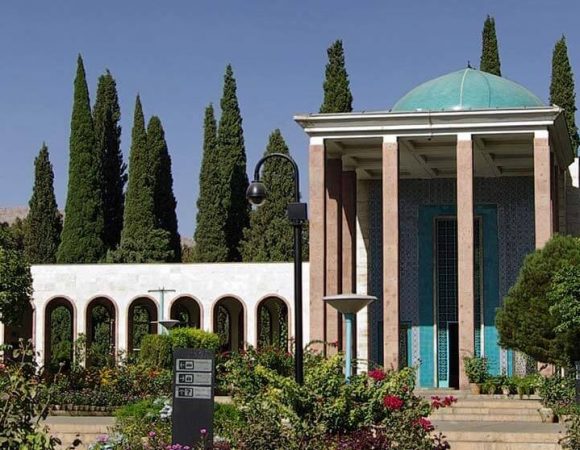
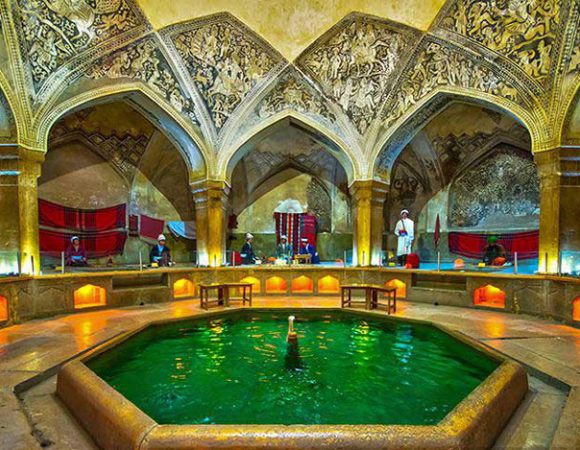
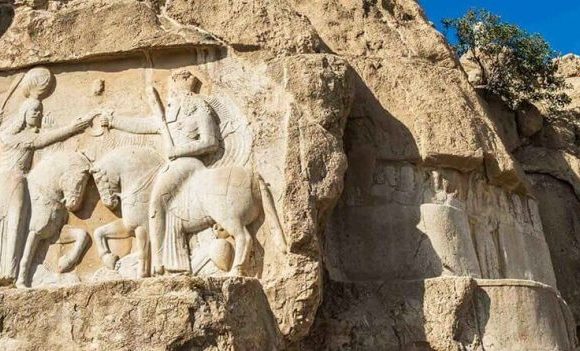
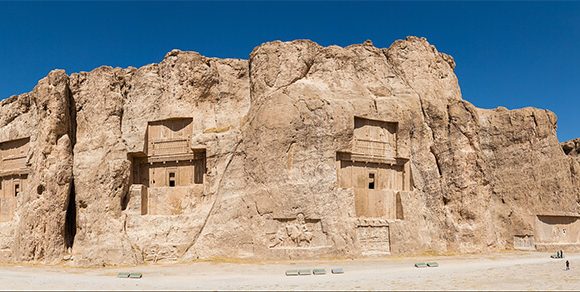

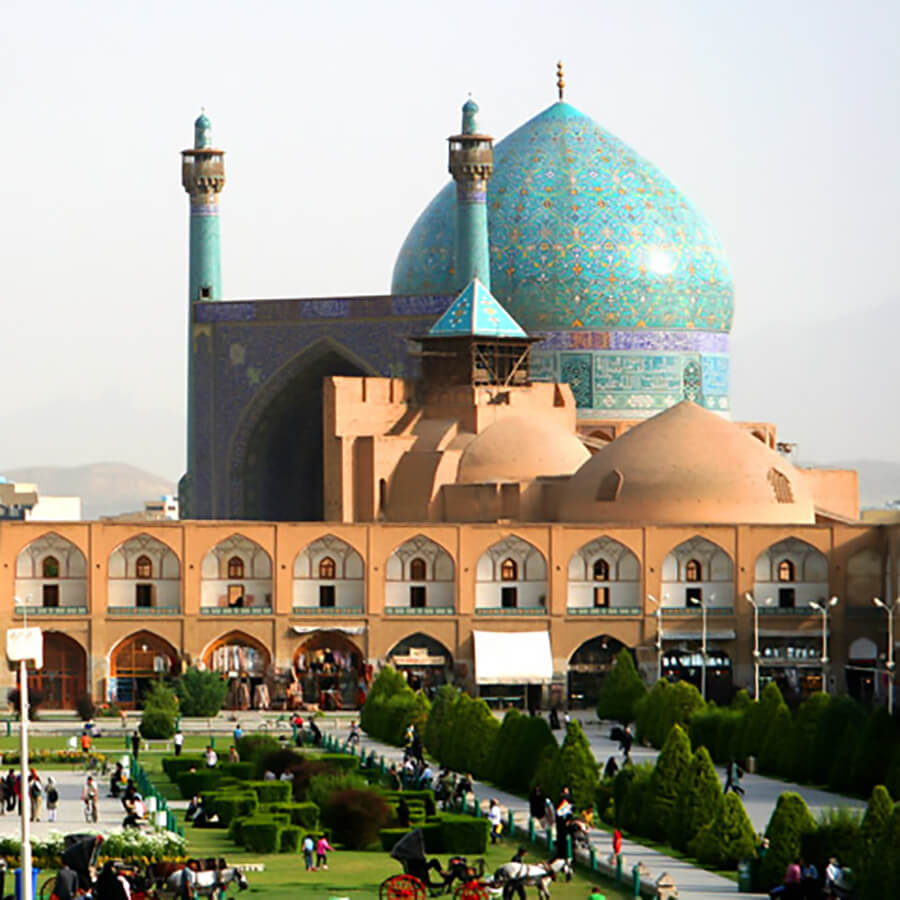
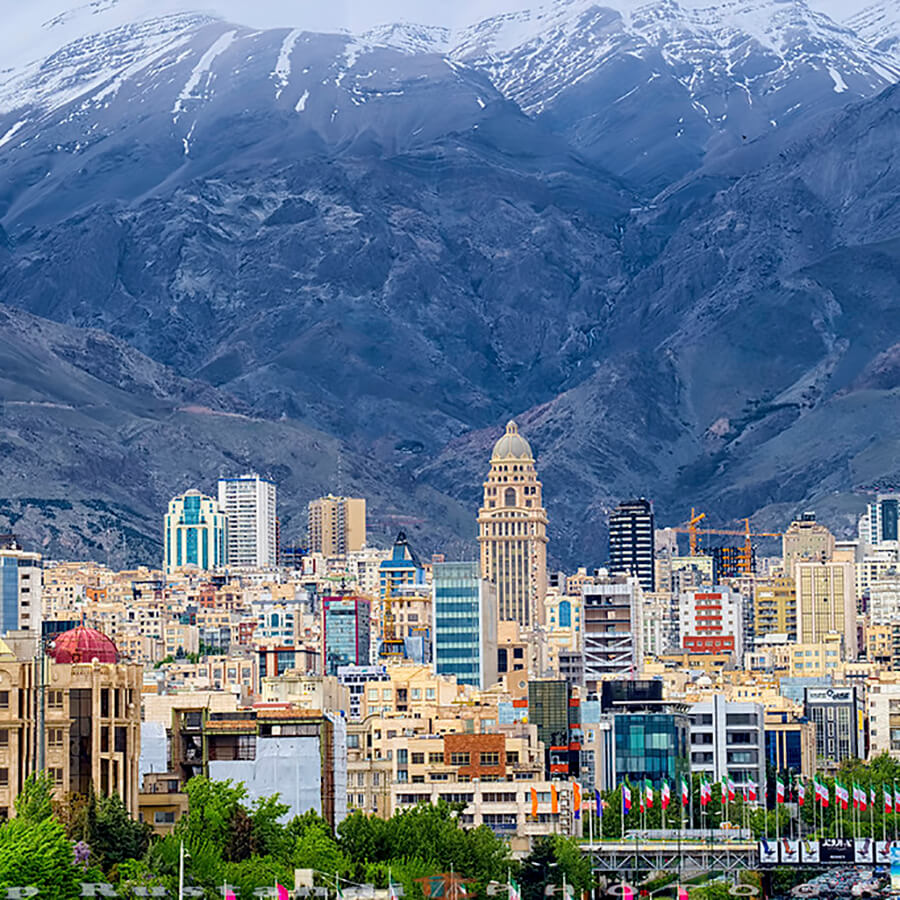

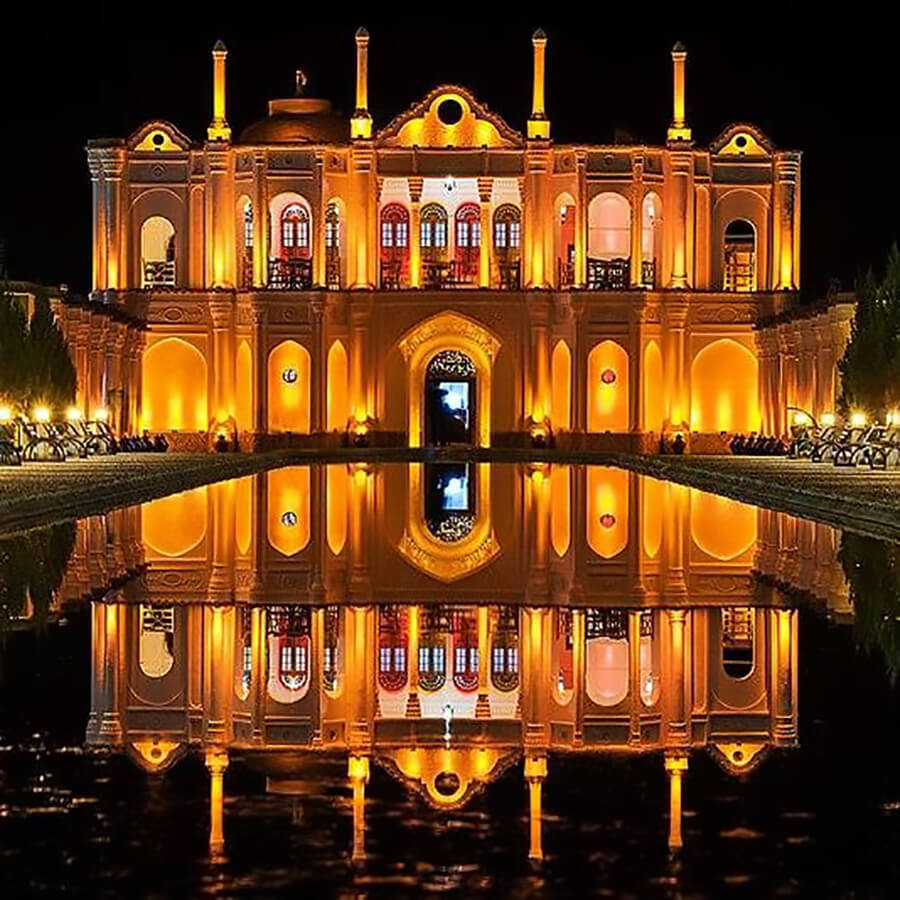
In Naqsh-e-Rostam Necropolis, in addition to seeing all the reliefs and antiquities, you can also see the tombs of several Achaemenid kings. The building of the Kaaba of Zoroaster and a ruined relief map from the Elamite era are located in this place, and in the Sassanid period, the site of Naqsh-e-Rostam was very important from a religious and national point of view.